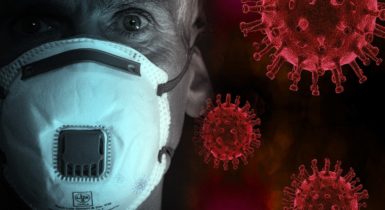
Vitamin K deficiency link to worse COVID-19 outcomes: researchers eager for next steps
A new paper examining the link between outcomes in patients with COVID-19 and low vitamin K status compared to patients with better vitamin K status and healthy controls.
Read more
Breakthrough Clinical Study Proves Vitamin K2 Benefits the Heart
This is the first study showing the beneficial effect of long-term vitamin K2 (menaquinone-7 or MK-7) use on cardiovascular health.
Read more
New Review Paper Cautions
Against Statin Treatment Guidelines
By inhibiting vitamin K2 synthesis, statins are disabling an important protection for arteries from calcification
Read more
Q&A with International Science and Health Foundation President
Katarzyna Maresz, PhD
"We hope VitaminK2.org will become a recognized and referenced portal, seen as a credible and reliable source of current medical knowledge on Vitamin K2"
Read moreLatest News
Latest Studies

Reduced Vitamin K Status as...
COVID-19 is caused by the severe acute respiratory syndrome...

High dephospho-uncarboxylated matrix Gla protein...
European Journal of Nutrition has published results of a...

Vitamin K2 Alleviates Insulin Resistance...
Antioxidants & Redox Signaling journal has recently published results...

Early vascular ageing in chronic...
Authors of a review paper published recently in Nephrology...

Locking and loading the bullet...
A review paper published recently in the European Journal...

Vitamin K-Dependent Matrix Gla Protein...
A review article that summarizes the growing evidence implicating...

Central Hemodynamics in Relation to...
The authors of an article that has recently been...

Vitamin K1 Supplementation Did Not...
International Journal for Vitamin and Nutrition Research has published...

Circulating phylloquinone, inactive Matrix Gla...
Results of a study that aimed to investigate the...




























